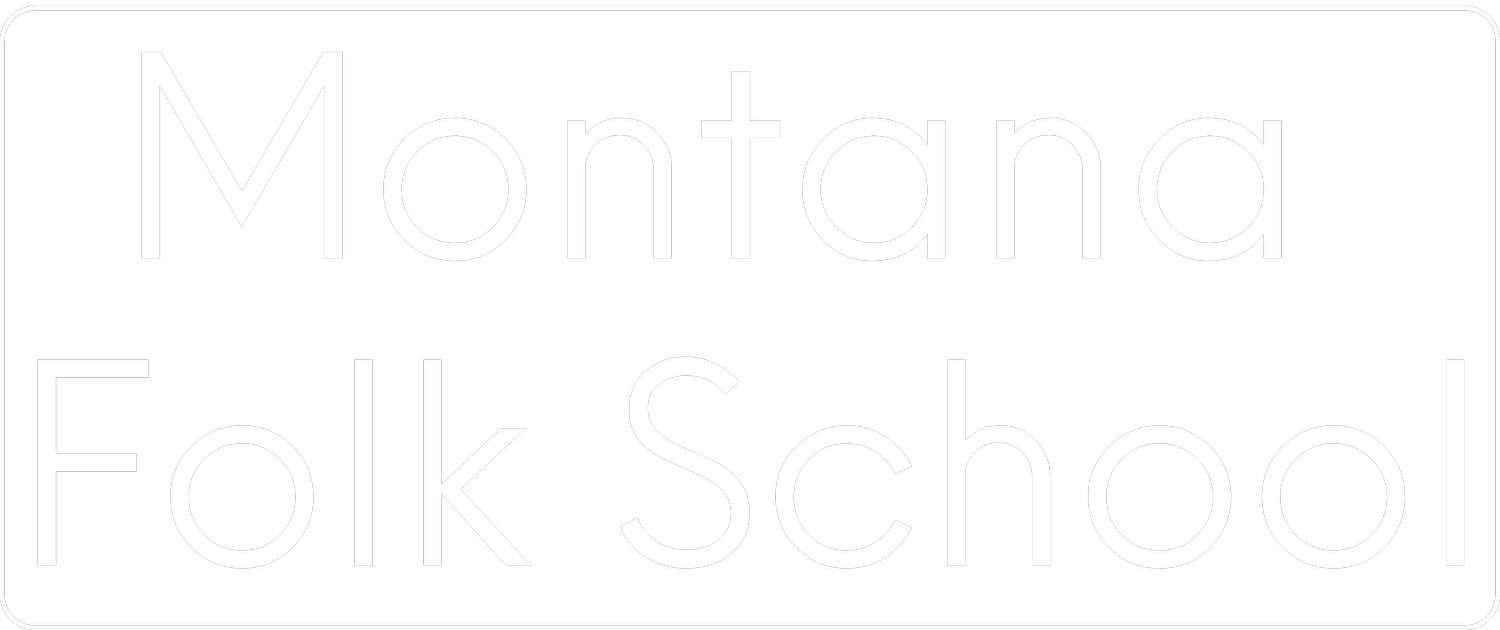Beekeeping - Honey Harvest - Late Summer
Want to learn about honeybees and beekeeping? We will be doing the annual honey harvest on the LWM land and we are hosting a continuation of our beekeeping class for those interested or curious. As soon as we know an exact date when weather agrees and honey is ready, we will post it!
A message from our instructor, Loren Stormo:
Scheduling a honey harvest requires that we respect the nutritional needs of the bee colony to survive the Montana winter. Honey bees cluster in their hive all winter long, and must maintain enough warmth to stay alive all winter by eating pollen for protein and honey for carbohydrates. Therefore, we have to leave 60-100 pounds of honey in each hive to increase the odds of them surviving a long, cold winter. We try to remove the boxes of excess honey in July, August or at the latest, early September, so there is plenty of time for the bees to add to their honey inventory before the cold weather hits. Also, smoke from forest fires makes the bees stay inside their hive. Bees don't like to forage when it's smoky. Please stay flexible! We are on honey bee time for this class and will keep you posted if the date changes.
Want to learn about honeybees and beekeeping? We will be doing the annual honey harvest on the LWM land and we are hosting a continuation of our beekeeping class for those interested or curious. As soon as we know an exact date when weather agrees and honey is ready, we will post it!
A message from our instructor, Loren Stormo:
Scheduling a honey harvest requires that we respect the nutritional needs of the bee colony to survive the Montana winter. Honey bees cluster in their hive all winter long, and must maintain enough warmth to stay alive all winter by eating pollen for protein and honey for carbohydrates. Therefore, we have to leave 60-100 pounds of honey in each hive to increase the odds of them surviving a long, cold winter. We try to remove the boxes of excess honey in July, August or at the latest, early September, so there is plenty of time for the bees to add to their honey inventory before the cold weather hits. Also, smoke from forest fires makes the bees stay inside their hive. Bees don't like to forage when it's smoky. Please stay flexible! We are on honey bee time for this class and will keep you posted if the date changes.
Want to learn about honeybees and beekeeping? We will be doing the annual honey harvest on the LWM land and we are hosting a continuation of our beekeeping class for those interested or curious. As soon as we know an exact date when weather agrees and honey is ready, we will post it!
A message from our instructor, Loren Stormo:
Scheduling a honey harvest requires that we respect the nutritional needs of the bee colony to survive the Montana winter. Honey bees cluster in their hive all winter long, and must maintain enough warmth to stay alive all winter by eating pollen for protein and honey for carbohydrates. Therefore, we have to leave 60-100 pounds of honey in each hive to increase the odds of them surviving a long, cold winter. We try to remove the boxes of excess honey in July, August or at the latest, early September, so there is plenty of time for the bees to add to their honey inventory before the cold weather hits. Also, smoke from forest fires makes the bees stay inside their hive. Bees don't like to forage when it's smoky. Please stay flexible! We are on honey bee time for this class and will keep you posted if the date changes.
Instructor: Loren Stormo















